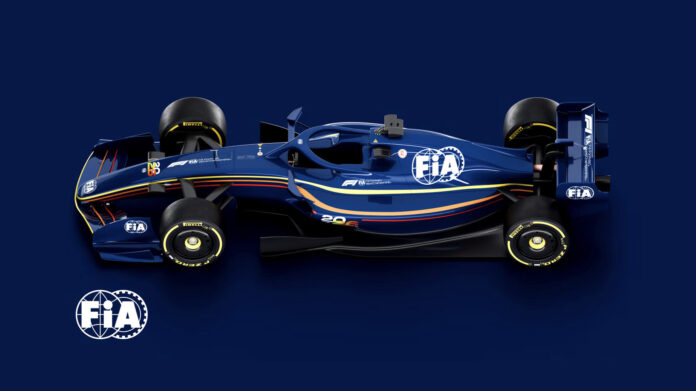In a pivotal meeting held in Bahrain, Formula 1’s key stakeholders—including the FIA, F1 management, power unit manufacturers, and team representatives—convened to reaffirm their commitment to the transformative 2026 hybrid regulations. This gathering, chaired by FIA President Mohammed Ben Sulayem, F1 President Stefano Domenicali, and FIA Single-Seater Director Nikolas Tombazis, underscored the sport’s unified direction towards a more sustainable and electrified future.
The 2026 regulations mark a significant evolution in F1’s technical landscape. Central to these changes is the introduction of a redesigned power unit that balances a 50-50 split between internal combustion and electric power, effectively tripling the current hybrid system’s electrical output to 350kW. This shift not only enhances performance but also aligns with global sustainability goals, as all cars will operate on 100% sustainable fuels derived from non-food sources, municipal waste, or atmospheric carbon capture.
In addition to powertrain advancements, the 2026 regulations introduce a suite of aerodynamic and structural modifications aimed at improving on-track competition and safety. Cars will be 30kg lighter, 10cm narrower, and 20cm shorter, enhancing agility and handling. The traditional Drag Reduction System (DRS) will be replaced by active aerodynamics and a Manual Override system, providing drivers with an on-demand burst of battery power to facilitate overtaking.
While discussions about reintroducing V10 engines powered by sustainable fuels have surfaced, the consensus remains focused on the current trajectory. The FIA emphasized that any future considerations will involve comprehensive consultations with all stakeholders, ensuring that decisions align with the sport’s commitment to innovation, cost-effectiveness, and environmental responsibility.
This collaborative approach has already attracted a record number of power unit manufacturers, including Ferrari, Mercedes, Renault, Honda, Audi, and Ford, signaling a robust and competitive future for Formula 1. As the sport accelerates towards this new era, the 2026 regulations stand as a testament to F1’s dedication to evolving with technological advancements while preserving the thrill of racing.

